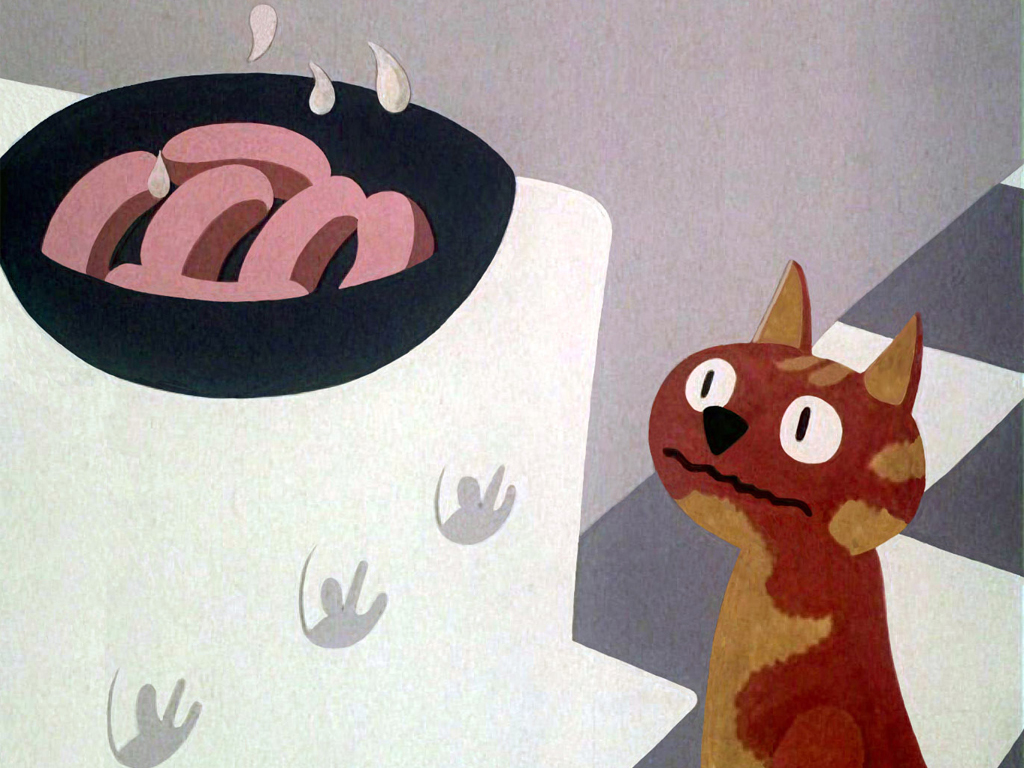"The establishment was pushing RR to develop new engines, a Wankel derivative to about 1974 (though work seems to have been all but stopped by 1972) and then the CV12 family. The CV8 came first and was a "private" venture whereas the CV12 was built in a government funded factory. CV12 was just a design in September 1974 but was running within about 18 months (and was available to Iran in 1977), a V12 was first proposed by the MVEE in 1968 and a V8 was planned for Chieftain prior to the multi-fuel decision."
From here:
https://www.secretprojects.co.uk/threads/uk-and-frg-cooperation-not-the-mbt-80-challenger-etc.13781/
This gives even more credence to the idea of not going for FMBT-70 at all and instead continuing FV 4211 but in the "desirable" version.
The minimum spec for FV 4211 is essentially what was built as a prototype in 1971-72, a tank with an aluminium base and Burlington composites with most components still coming from Chieftain. The "desirable" specs called for a greater power to weight ratio of 20 which inevitably meant a more powerful engine, greater protection, a 120 or 110mm gun with ability to be removed from the front, more ammunition, further improved FCS and what not.
Considering the inevitably poor mobility of the minimum spec FV 4211, everything pointed to integrating a CV series engine (preferably the 1200hp CV12), hydrogas, a stabilized panoramic sight (as seen on FMBT-70 conventionnal MLC 60 proposals), the 110mm gun (as powerful as the L11 but lighter, more compact, with smaller ammo, easier to load) and IFCS. Those components were in development and envisionned in FMBT-70.
Even if the tank had come later, between 1977 and 1979 instead of late 1976, the result would functionnally have been a better Challenger 1, very suited for export to Iran yet designed FOR the British Army, with potentially decent export chances at the time. Unlike the MBT-80 it would have come in time. Had development of a V12 started in 1968 as proposed by the MVEE the engine would have been available even sooner.
